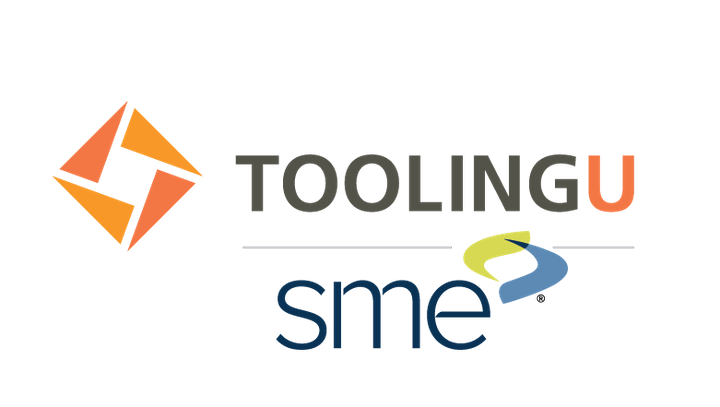“GTAW Applications” provides an overview of the practical applications of the gas tungsten arc welding process from personal protective equipment, power supplies, polarity, amperage, electrodes, shielding gas, cups, starting the arc, filler metal, welding techniques, possible defects to professional and industrial applications. “GTAW Applications” is essential for any welder who requires an in-depth understanding of GTAW. Its focus on application extends "Intro to GTAW" to the practical sphere, paving the way for hands-on learning of GTAW welding.
Course Objectives:
- Describe GTAW
- Describe personal protective equipment for GTAW
- Describe how to prepare metals for GTAW
- Explain how polarity and amperage affect GTAW
- Describe how to balance cleaning and penetration for welding aluminum
- Distinguish between transformer and inverter GTAW power sources
- Distinguish between different GTAW electrodes
- Describe classifications for tungsten electrodes
- Describe different ways to prepare GTAW electrodes
- Explain how shielding gas choices affect GTAW
- Explain how gas flow affects GTAW
- Define extension
- Define arc length
- Distinguish between different GTAW cups and their applications
- Describe GTAW scratch starting
- Describe GTAW lift starting
- Describe GTAW high-frequency starting
- Explain how to select filler metal for GTAW
- Contrast the dipping and lay-wire techniques
- Describe how to use the walk-the-cup technique to weld
- Describe common mistakes in GTAW
- Describe common uses for GTAW.
Recommended Background
- Recommended for manufacturing personnel, including engineers, technicians and managers, particularly handling welding operations.
Course ID
TU234
Skill Focus
Beginner
Instructor(s)
Tooling U - SME
Employee Type
New Applicants, Operations team, 1st level supervisor
Method of Delivery
Online
Estimated Effort
3 hrs
Cost
Contact for Price
Contact ToolingU for Course Program Details.
 Tooling U - SME
Tooling U - SME